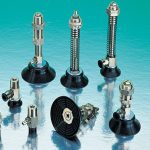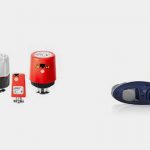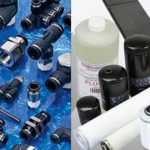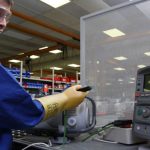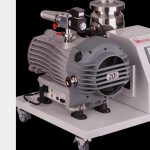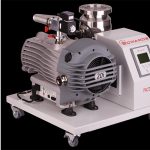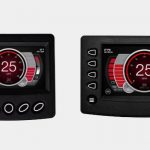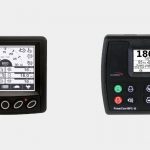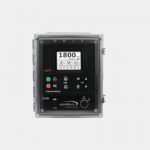You have a photoelectric sensor of some type. It’s not working. What’s the quickest way to fix it? Start right here.
Identify the Sensor Type
There are three basic kinds of photoelectric sensor:
- Through-beam sensors have an emitter and a receiver, and trigger whenever the beam between the two is interrupted. They offer the longest operational range.
- Retro-reflective sensors have an emitter and receiver in a single unit, and require a reflector to be placed in such a way that the beam is bounced back into the unit. They’re the most common type of photoelectric sensor.
- Diffuse sensors rely on the small percentage of light that reflects back into the sensor from a nearby object to trigger; they have the shortest detection range of all, but are also the least expensive and the easiest to install.
Identify the Problem
There are a few basic kinds of problem you can be troubleshooting. In short, is the sensor going off when there’s nothing to sense, or is it not going off when there issomething to detect?
Clean the Apparatus
If it’s the first case, and the sensor is registering false positives, start by cleaning the entire sensor. Clean the beam output, the receiver, and if present, the reflector. A soft clean dry cloth and, if the sensor is visibly dirty, a non-abrasive, non-corrosive cleanser are the best tools. After cleaning the sensor parts thoroughly, test the sensor to see if it’s working.
Re-align the Parts
If they’re still not working, carefully re-align the entire system. This requires a string and two people (exception: a diffuse scanner works at such a small range that it should be visually obvious of it’s misaligned.) Have one person stand at one end of the arrangement and another stand at the reflector/receiver, and pull a string taut between the two. If the photo eyes are misaligned, line them up with the string, first in the left-right dimension and then in the up-down dimension. Once they are roughly aligned, proceed to make minor adjustments to the emitter only until the sensor is functioning properly.
Check the Inputs
The inputs for a photoelectric detector are electrical. Check the sensors’ data sheets and ensure that they are receiving the correct voltage, amperage, and AC or DC current. You will need a multimeter or other measuring tool to ensure that the correct amounts are making it all the way through the circuit to the emitter and receiver.
Contact the Dealer
If all else fails, contact the dealer who sold you the sensors — they can talk you through other more complex procedures that you can attempt including altering the gain adjustment and narrowing the beam.











